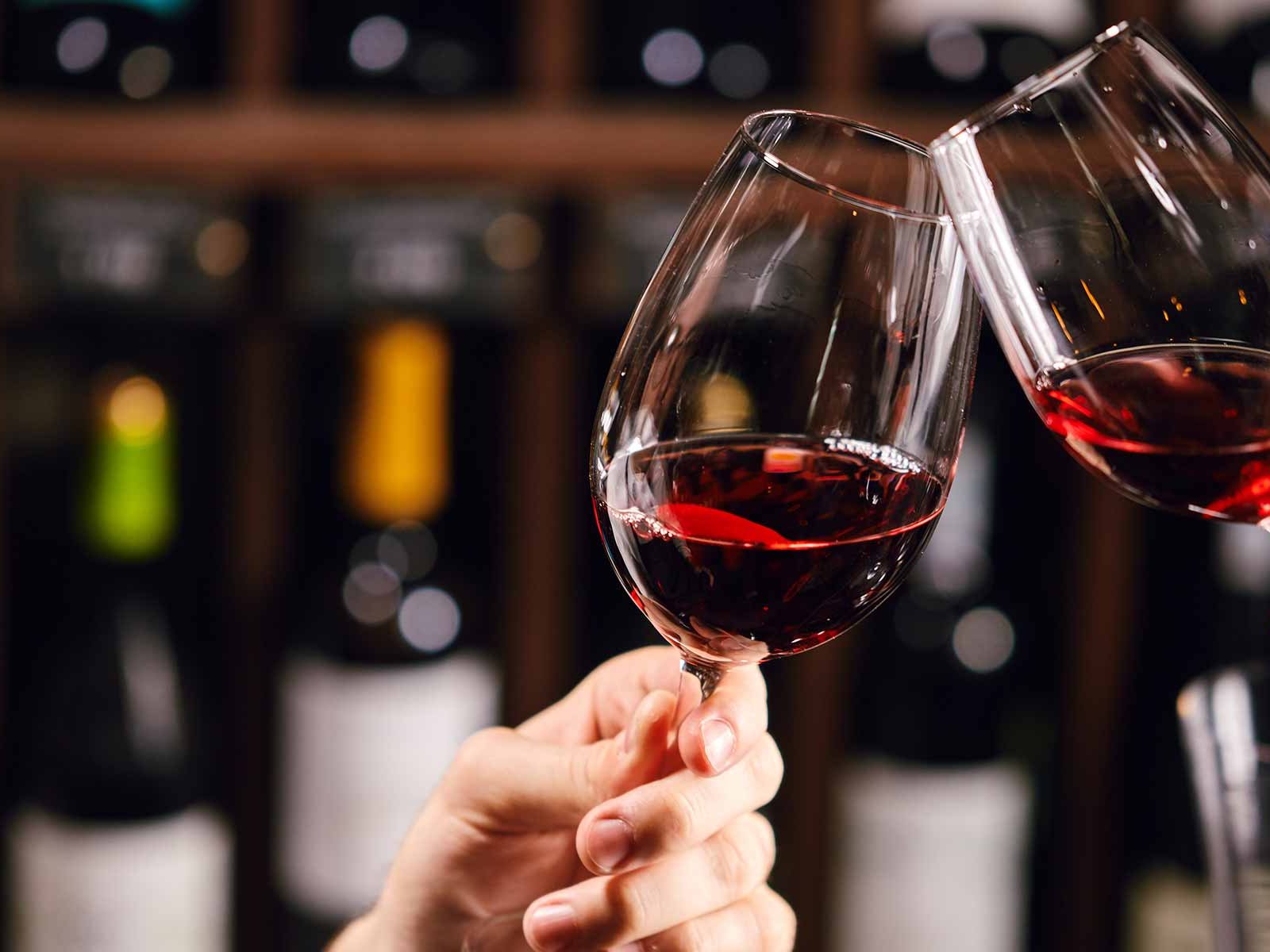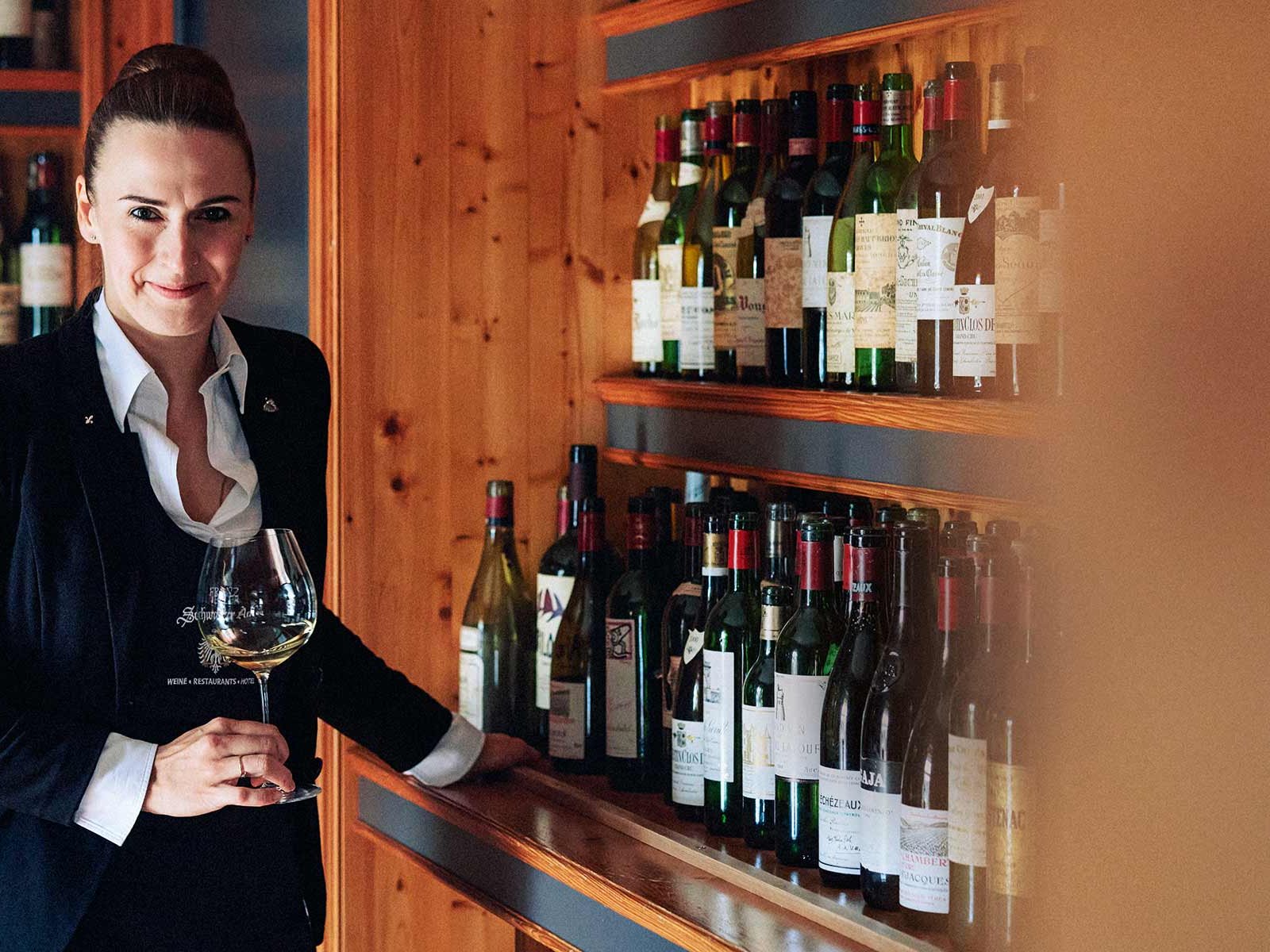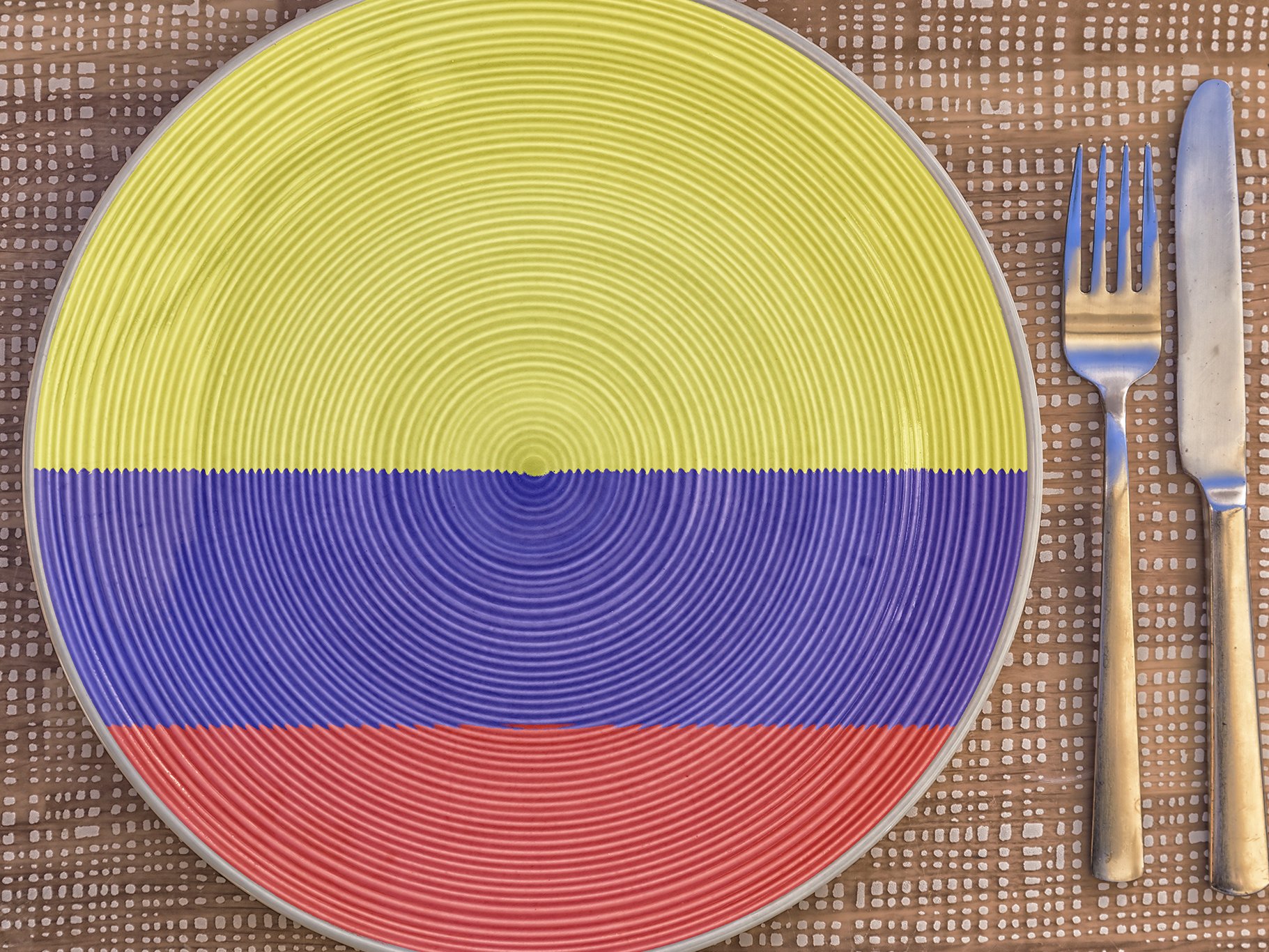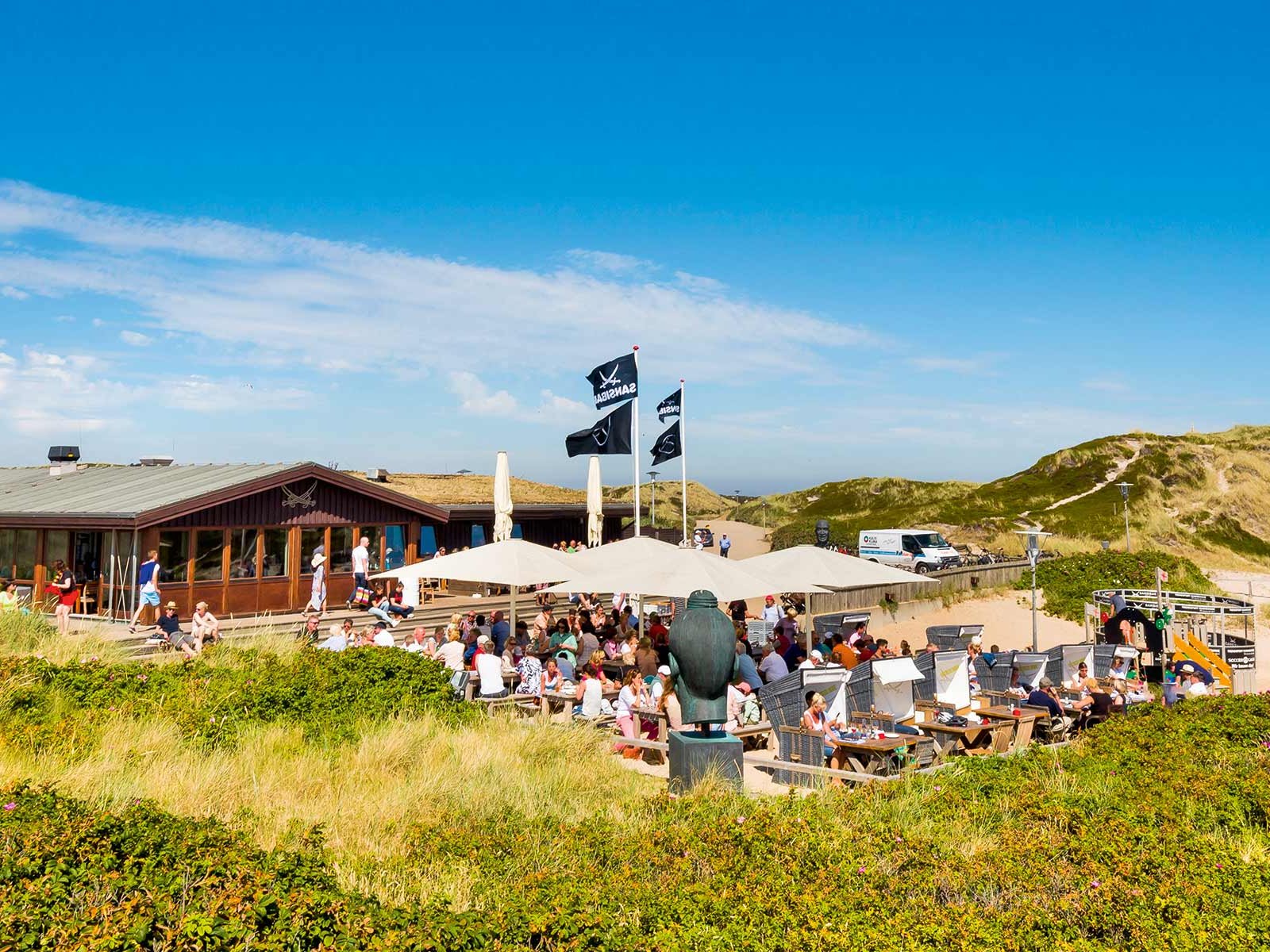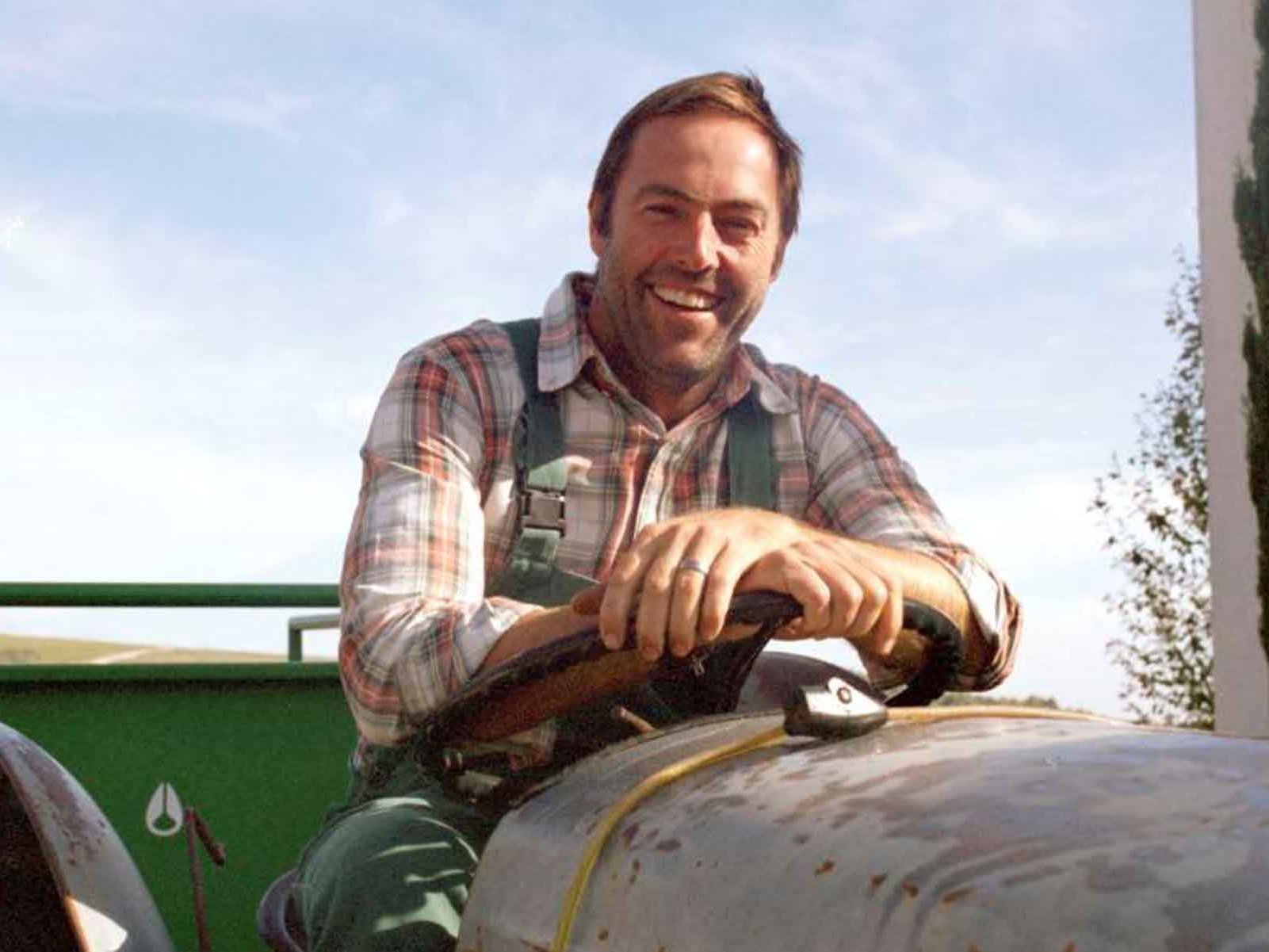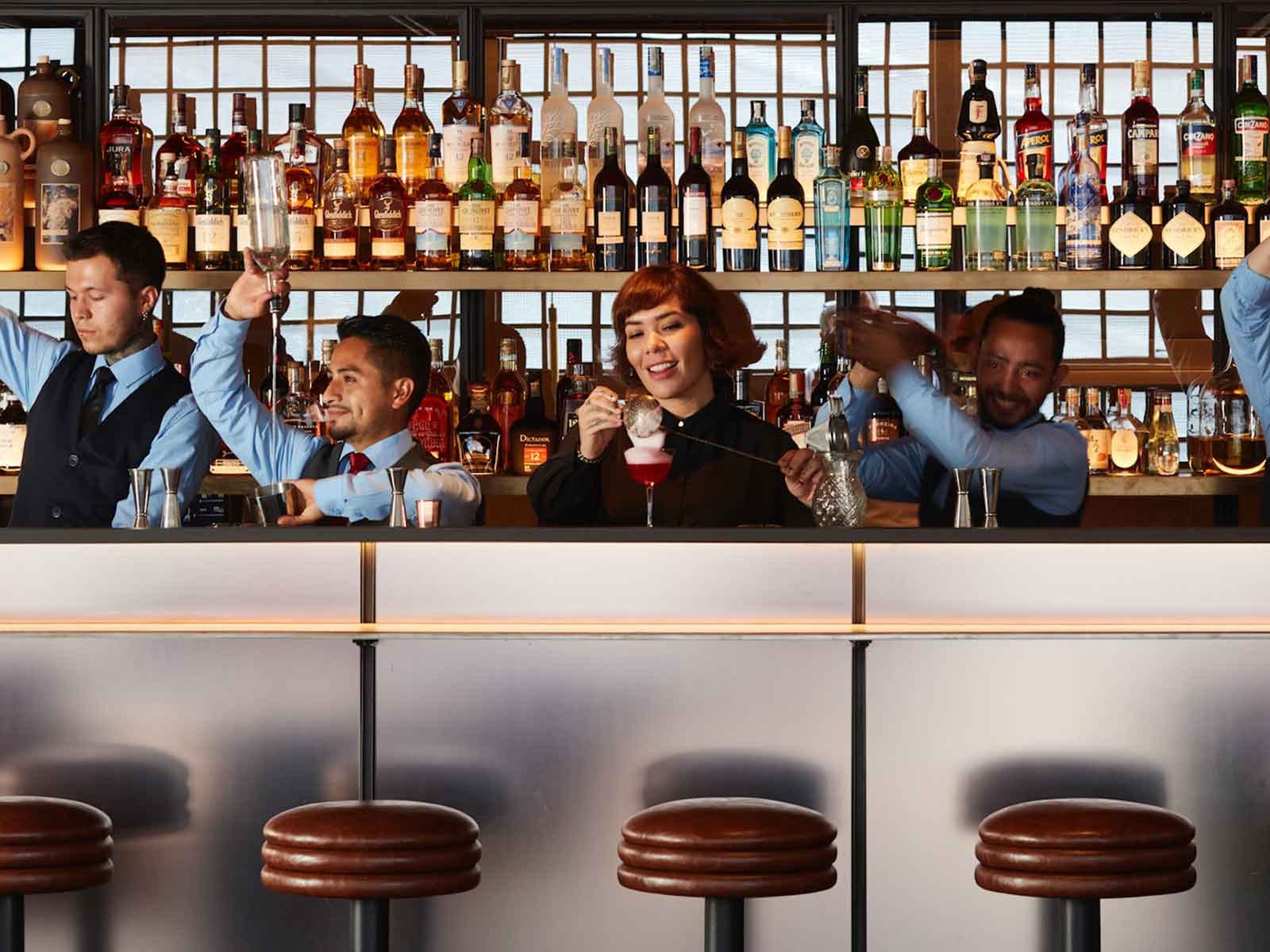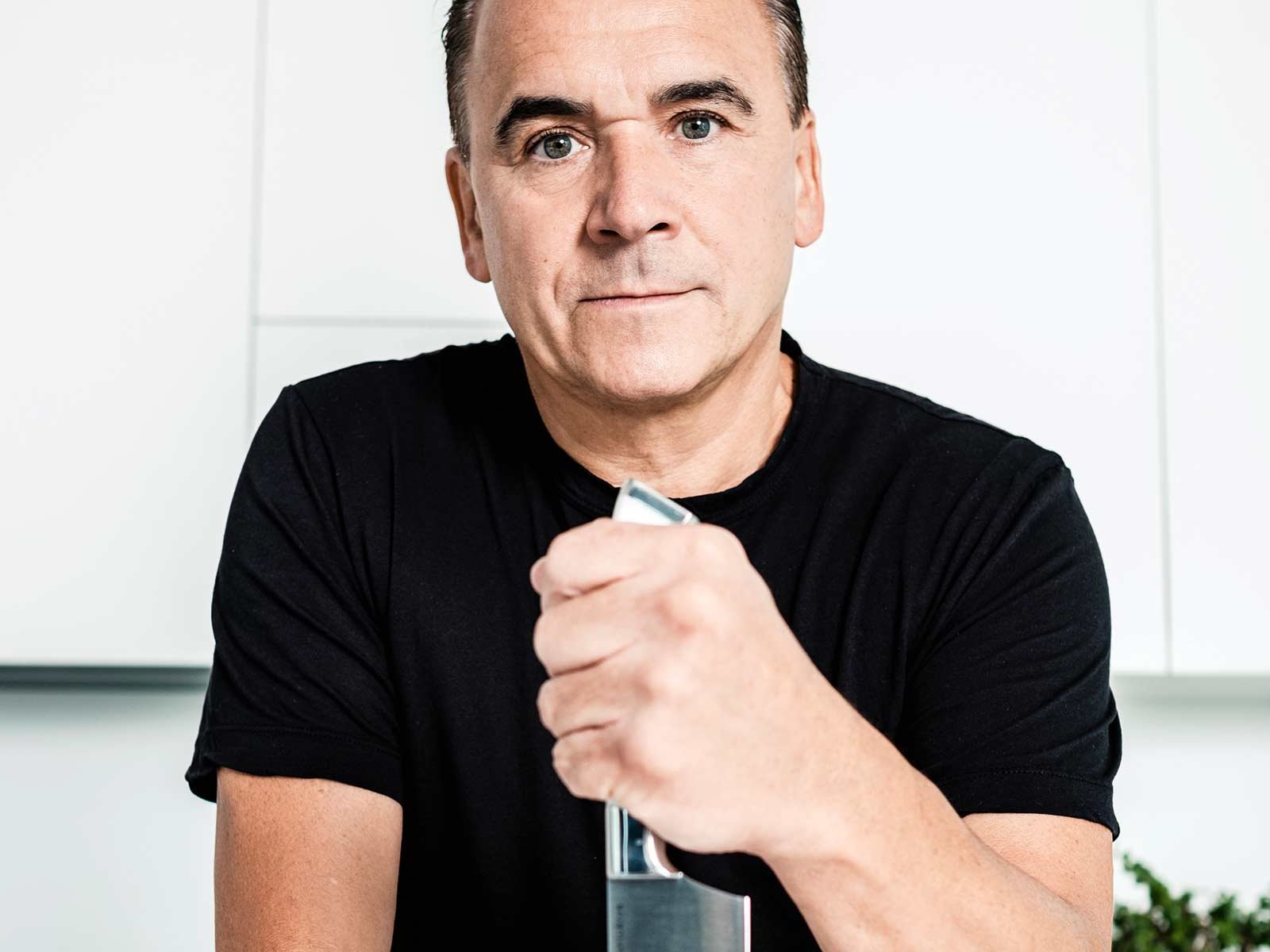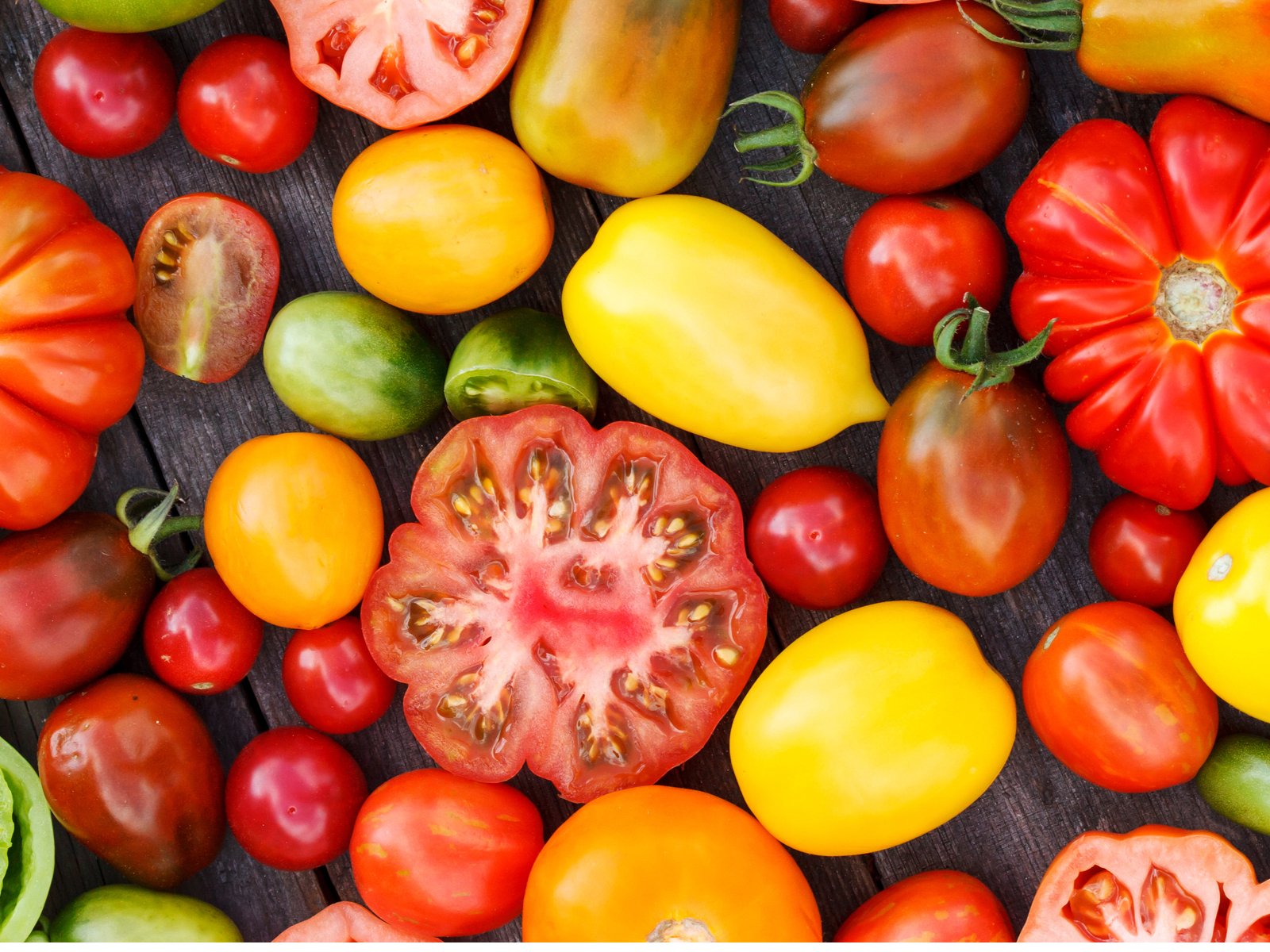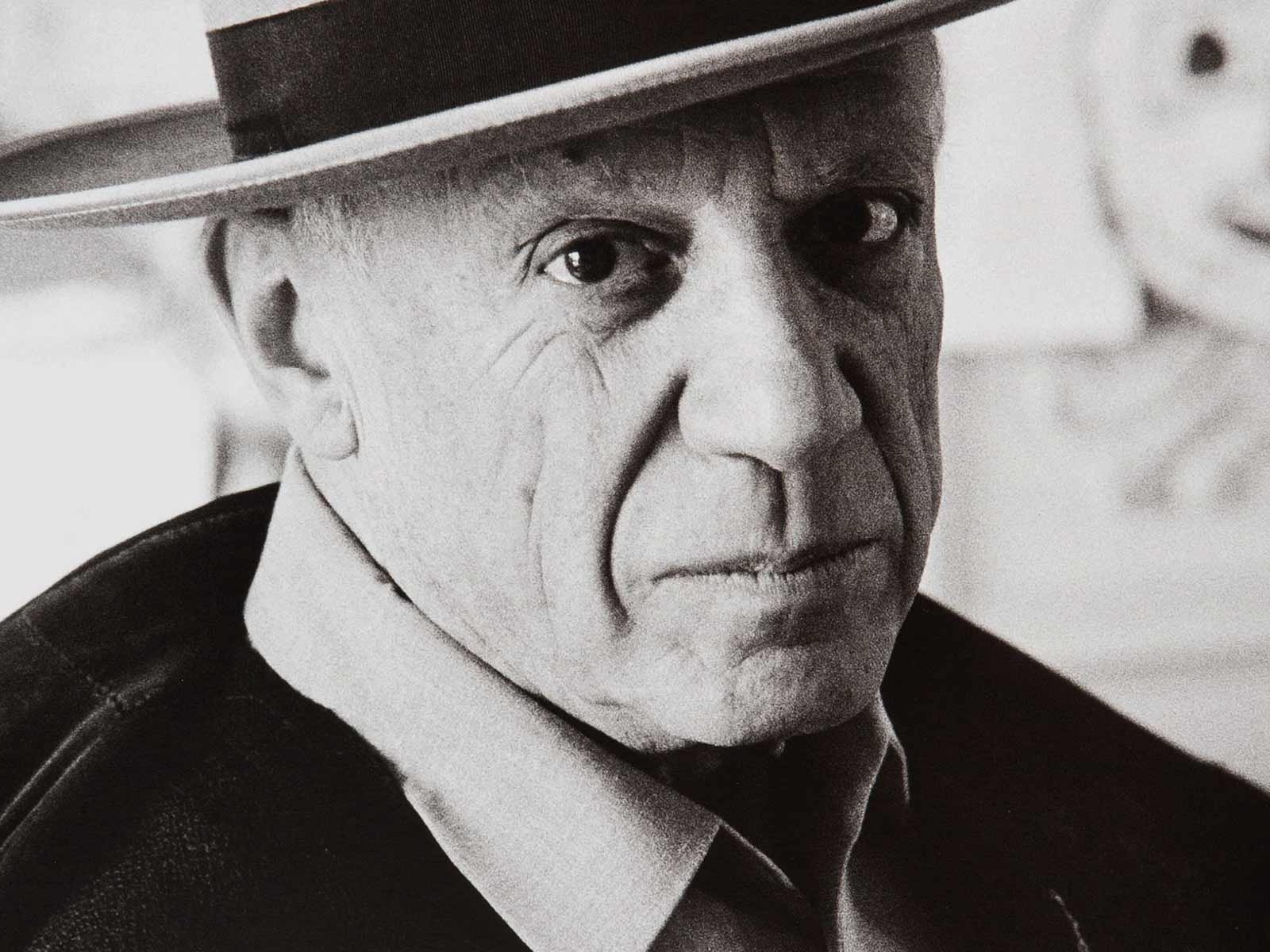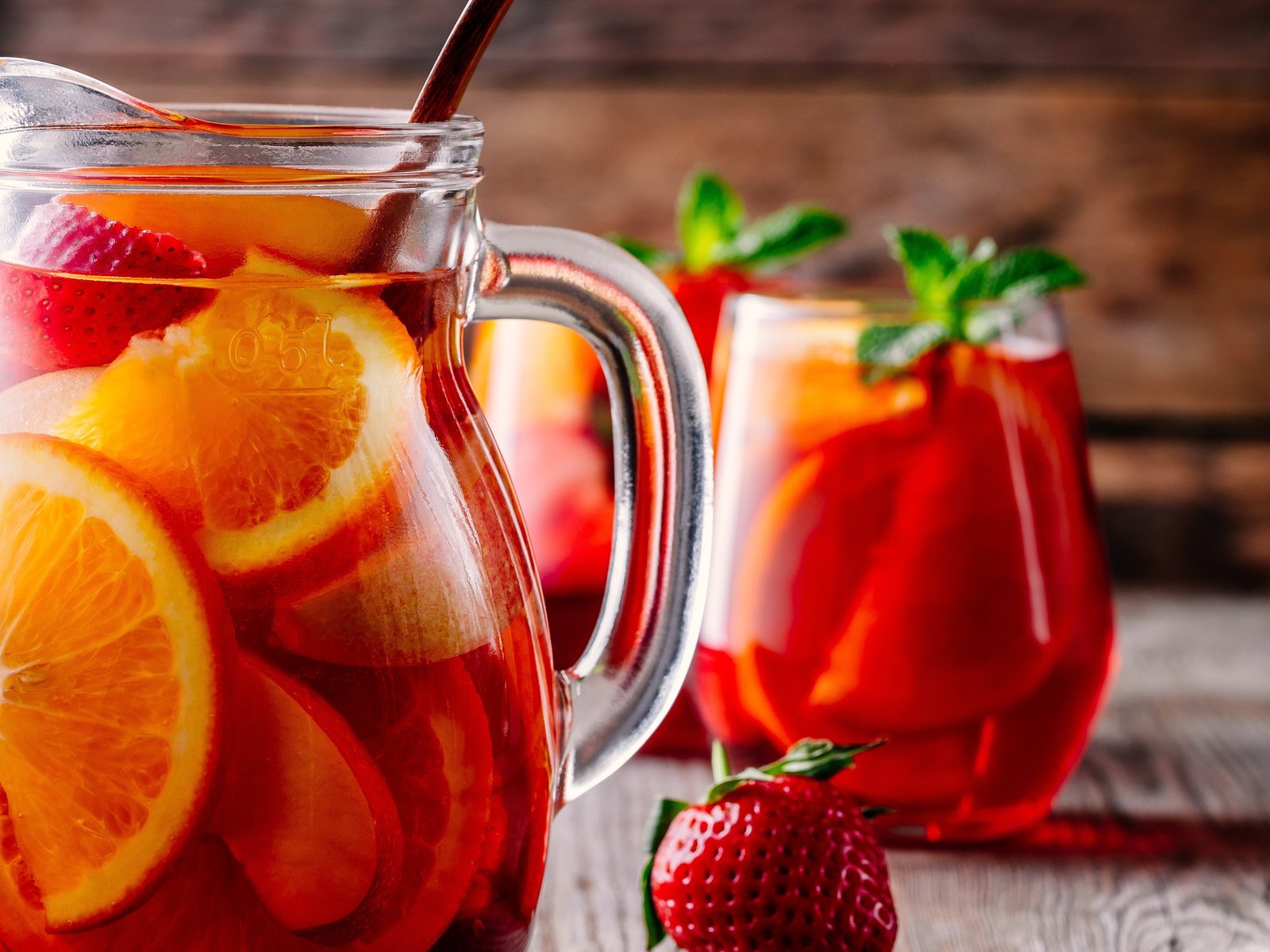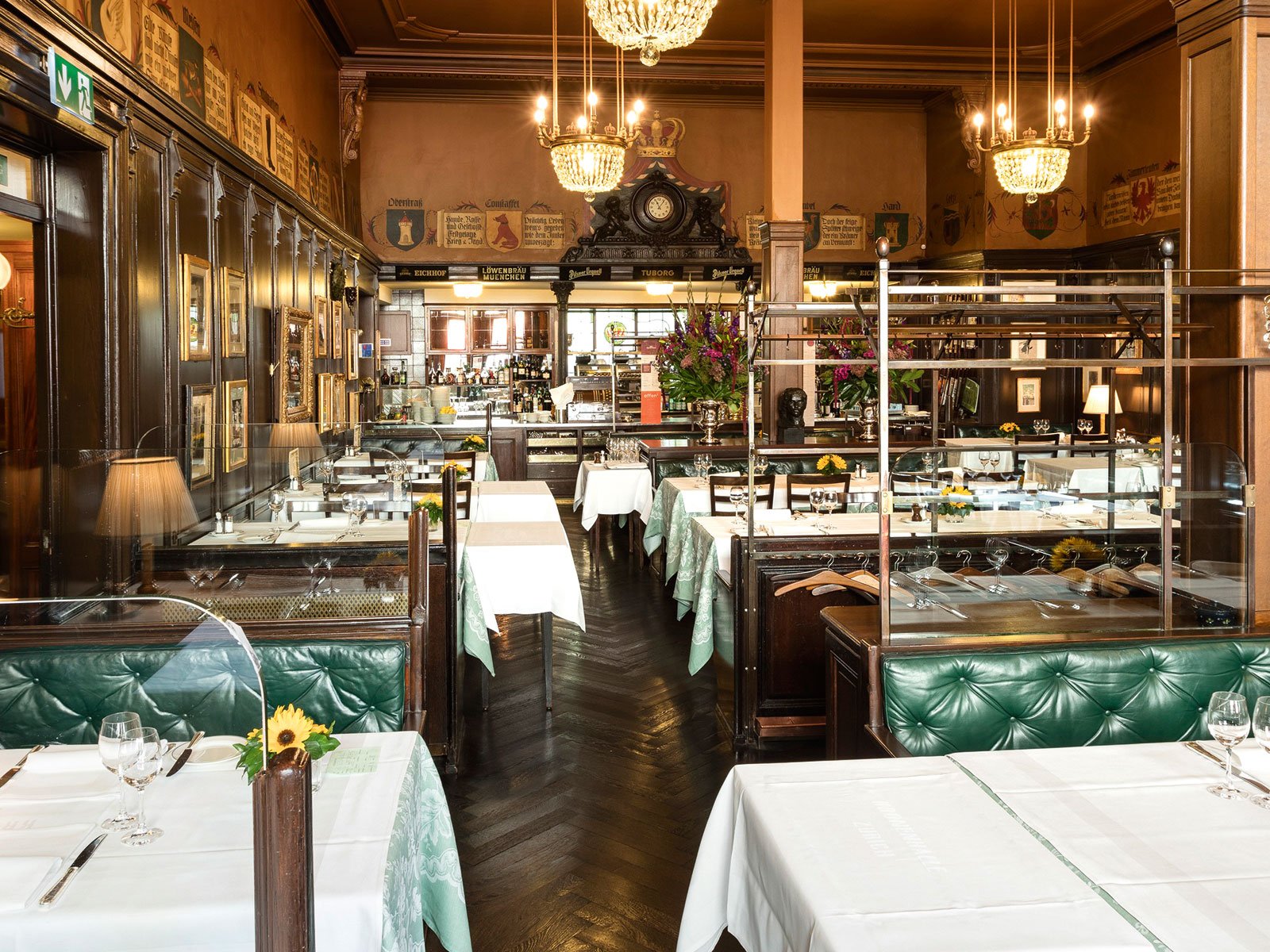Five Pearls from a Golden Age of Wine Writing
Warm or chilled claret? Pink Chablis? Where to seat dinner guests? Early 20th century wine writers had helpful views on these issues, and tantalising insights into the past. Here are five of the finest works to track down.
1. Wayward Tendrils of the Vine, Ian Maxwell Campbell
What an irresistible title. And, it quickly emerges, one entirely suited to such a charmingly meandering array of anecdotes and opinions from this doyen of the late early 20th century London wine trade.
First published in 1947, Wayward Tendrils of the Vine conjures up an era when oenophilia was regarded as a higher, more noble calling than today. Take the dust jacket’s introduction of the author as one who “firmly believes that wine is a gift from Providence ordained to promote health of mind and body…” Prepare to be swept along by Colonel Campbell’s infectious missionary zeal, especially when it comes to his great love, red Bordeaux.
Anyone curious about how Bordeaux wine tasted at the dawn of the 20th century will find rich pickings here. Campbell reminisces particularly happily about the 1875 vintage, typified by wines that were “inordinately light, sweet and precocious, alluring and irresistible…” He is also on hand with blind tasting tips, noting: “I myself invariably recognized a Château Margaux in the old days by a delicious fragrance of boiled rice milk pudding.”
Bordeaux may be Campbell’s area of particular expertise, but he certainly rambles far further afield. One chapter offers the irresistible billing of “Oporto: wine, women and tobacco”.
At a time when everyone from California to Australia commonly labelled their wines with descriptors such as Chablis or Burgundy, Campbell laments this misleading practice. Instead he recommends the use of “Cabernet, Malbec, Pinot and other species of grape with pretty and distinctive names…” Who knows, it might catch on.
Appellation law and modern winemaking practices have also ironed out certain quality control issues encountered by consumers during Campbell’s time. He recalls customer complaints when “Some Chablis my Dijon firm shipped to us came over in red burgundy casks and had acquired a pinkish tinge of colour.” But there’s also a sense from the author that too much regulation stifles charisma as he notes the “big success” enjoyed by one restaurant customer who embraced this novel take on Chablis.
Inevitably developments over the last century have left some of this book’s scenarios and opinions charmingly outdated, yet some guidance still rings true. Campbell’s argument that “second-rate wines of a good vintage year are generally safer, pleasanter and better value than the ‘big noises’ of an indifferent year” remains sage advice for wine enthusiasts today.
2. Notes On A Cellar Book, George Saintsbury
An academic, historian and literary critic, George Saintsbury also found time to leave an indelible mark on the world of wine, even inspiring a dining club that has long outlived him. First published in 1920, then rapidly and regularly reprinted, Notes On A Cellar Book is a treasure trove of anecdote, opinion, advice and menus from this lifetime dedicated to good food and drink. Fine wine may be the primary focus, but there’s plenty here too for anyone with an historical interest in beer, cider, spirits and liqueurs.
In Saintsbury’s hands, wine takes on a clear personality. He lovingly recalls an 1846 Hermitage, opened at 40 years old, as “the manliest French wine I ever drank”, and “uncompromisingly Gallic in its patriotism.” A page later Saintsbury is still enthusiastically musing on this same “glorious” wine, even sampling it across a range of different shaped glasses. This is wine writing that combines emotion with rigorous intellect.
That approach crops up again as Saintsbury offers advice on the thorny subject of how best to serve wine. He shudders at “the Ice Age – certainly a barbarous time”, when claret jugs featured a pouch for ice. This was followed by a similarly misguided fashion that saw people place their Bordeaux “close to the fire and parboil it.” Saintsbury later turns his attention to the same issue with Champagne, criticising those who add ice, however popular it may be with guests, on the grounds that “extreme cold certainly hurts flavour.” His preferred solution is “wrapping the bottles in a cloth wetted with water fresh from the tap (or better still, a well) and placing them in a draught for a short time”.
The New World – or rather “colonial wines” – are, Saintsbury admits, beyond his field of expertise. However, he does share a few colourful views on wines from outside France. Greek wine is dismissed wholesale as “insufferably beastly”, while Saintsbury ruefully reflects that Tokaji “will probably never recover the disappearance of those Hapsburgs”. He charitably suggests that Italian wine “does not travel well”, recalling a sparkling Lacryma Christi from Naples as reminiscent of “ginger beer alternately stirred up with a stick of chocolate and a large sulphur match.” What the modern world has gained in wine quality, it has lost in such colourful tasting notes.
3. In Search Of Wine, Charles Walter Berry
This celebrated “Tour of the Vineyards of France” nearly didn’t get off the ground. Berry, a family partner at venerable wine merchant Berry Brothers & Rudd, notes he was unable to drive himself after an accident and “my chauffeur could not be spared from home for so long a period”. Then there was the challenge of finding a “genial and interested companion” with eight weeks to spare. Among the many excuses, from fishing commitments to ill relatives, Berry mournfully detects “the piercing and agonizing cry – ‘My wife…won’t let me.’”
Eventually in September 1934 Berry and his first companion – none other than Wayward Tendrils Of The Vine author Colonel Ian Campbell – set off for France. After a mixed meal in Calais and poignant visits to military cemeteries in this still war-torn corner of the country, the duo arrive in Champagne to find harvest in full swing. Here spoiling dinners at various houses are interspersed by great detail of the region’s winemaking practices, even extending to tours of the local bottle maker and a “mildly” exciting visit to a cork factory, where Berry gamely tries his hand at picking out faulty examples.
And so, via Chablis to the Côte D’Or. A bus excursion to Dijon involves a nun whose large white hat constantly hits fellow passengers in the face, a delay while a man finishes his beer before boarding – then immediately falls over – and four travellers transporting baskets of freshly picked, rather messy grapes.
From here, now joined by his eldest son Reg, Berry tours the Loire and Cognac before arriving in Bordeaux. Alongside diligent, detailed exploration of the region’s great wines sit less dignified episodes, such as the moment when Berry hurls his lamb joint at a landlady who had committed the cardinal sin of adding garlic.
After Bordeaux, Berry’s impressive gastronomic stamina powers him through Armagnac, down into Roussillon and then east towards Marseilles and up the Rhône Valley before a whistle-stop tour of Beaujolais, across to the Jura then back home to England via Burgundy again and Paris. Every step of what he calculates as a 5,600-mile route is littered with blow out meals, local characters and architectural insight that makes this as much travel guide as wine journal.
After so many high points, the adventure winds down to an inglorious close on the Calais ferry. Efforts to dine on board are thwarted by touring football fans, so the final meal of this rather extraordinary trip is a sandwich washed down with brandy & soda. As Berry judiciously observes: “How are the mighty fallen!”
4. The Bed-Book Of Eating & Drinking, Richardson Wright
“The family that greets the dinner bell with a shout knows the first way to happiness,” remarks Richardson Wright in the 1942 introduction to his entertaining insight into US dining habits. His qualification? Well, for starters the personal experience gleaned from the 62,902 meals that Wright calculates have passed his lips so far.
These “gastronomic slices and crumbs” are packed with friendly guidance, not to mention entertaining comparison of European and American conventions. “If you ever entertain the Swiss, remember that husbands insist on sitting next to wives”, he offers helpfully.
A chapter intriguingly titled “Sex And Cheeses” offers controversial insight into the differing dairy preferences of men and women. “Women are apt to elect Camembert as the summa of all cheeses”, he maintains, while “Stilton is more for the masculine palate.” There is, if not quite admiration then perhaps a certain respect for “forthright women who made no bones about their passion for our most odiferous and penetrating product – Liederkranz.”
At a time when few European writers had much experience or opinion of US wines, Wright offers helpful historical insight into the great names of his day. Some, such as Wente and Beaulieu are now well known internationally, even if the latter no longer makes “Sauterne”. Others, including Ohio Catawba and Canandaigua in the Finger Lakes, retain a more local following, but their inclusion here sparks the desire to track down a bottle.
Wright also reports on a “pleasant and harmless” alternative to Champagne concocted by New Jersey inhabitants, consisting of “turnip juice, brandy and honey”. However, he is forced to concede that, with his country’s annual per capita wine consumption standing at just half a gallon compared to France’s 40 gallons, most Americans “would rather sustain our spirit with spirits.”
5. Stay Me With Flagons, Maurice Healy
It may seem surprising that an Irish lawyer, brought up as a tee-totaller, should have produced some of the most celebrated wine writing of his era. Yet it is precisely because of, rather than despite this background that Maurice Healy opens this book, first published in 1940, with a fierce theological and cultural defence of wine as “an honourable gift of God”.
Nevertheless, Healy is a firm advocate of what might today be referred to as mindful drinking, recommending in addition that his reader establish their own personal capacity for alcohol as soon as possible. This calculation, warns Healy, should factor in some rather unscientific variables. For example, “I know that I should very rarely feel inclined to drink more than one half-bottle of Claret if I were dining alone; but if there were two of use I would always decant at least a bottle and a half”. Rather more intriguingly he draws a link between consumption and geographical latitude. “My half-bottle in London becomes a bottle in Paris; and I should not care to deny that it might double itself again in Bordeaux.”
Unsurprisingly Bordeaux is a particular preoccupation and passion, with a large portion of this book dedicated to recommendations and reminiscence on the subject. However, with the honourable exception of Haut Brion, Healy bemoans the very existence of white Bordeaux. “My rage against the average bottle of Graves arises from the thought that the soil which went to its growing might have been devoted to a red wine”, he complains.
Burgundy is largely framed in terms of its many contrasts to Bordeaux, not least the highly variable quality of the wines available to British consumers. Indeed, maintains Healy, “for one really good bottle of Burgundy sold in this country there are fifty mediocre and a hundred bad.” And yet, he concedes: “Burgundy at its best overtops Claret at its best. You will only drink four or five bottles of truly first-class Burgundy in your whole life…but you can drink Claret of the highest class several times in the year.”
While little has changed on this front in France’s major fine wine regions, Healy’s gloriously forthright opinions on wine from other corners of the globe highlight just how much the modern wine map has changed for the better. “I was once persuaded to taste a South African Champagne, and for sheer horror it would be hard to beat it,” he recalls. Meanwhile, with two “ordinaire” exceptions, Healy reports: “All Australian wine that has come my way has been detestable”.
So, with an eye to how much more fortunate the modern wine lover is when it comes to choice, let us end with Healy’s own prayerful entreaty. “May the gleam of a glass of Claret still attract my tired eye; may its fragrance soothe my weariness; may its savour charm my palate and carry below a spirit of concord borrowed from the feast. May I remember all the kind thoughts it inspired, for they, like the decanted wine, are free from all bitterness and have left malice behind them.”
Note that a number of these books are now re-published by the Academie du Vin Library.


